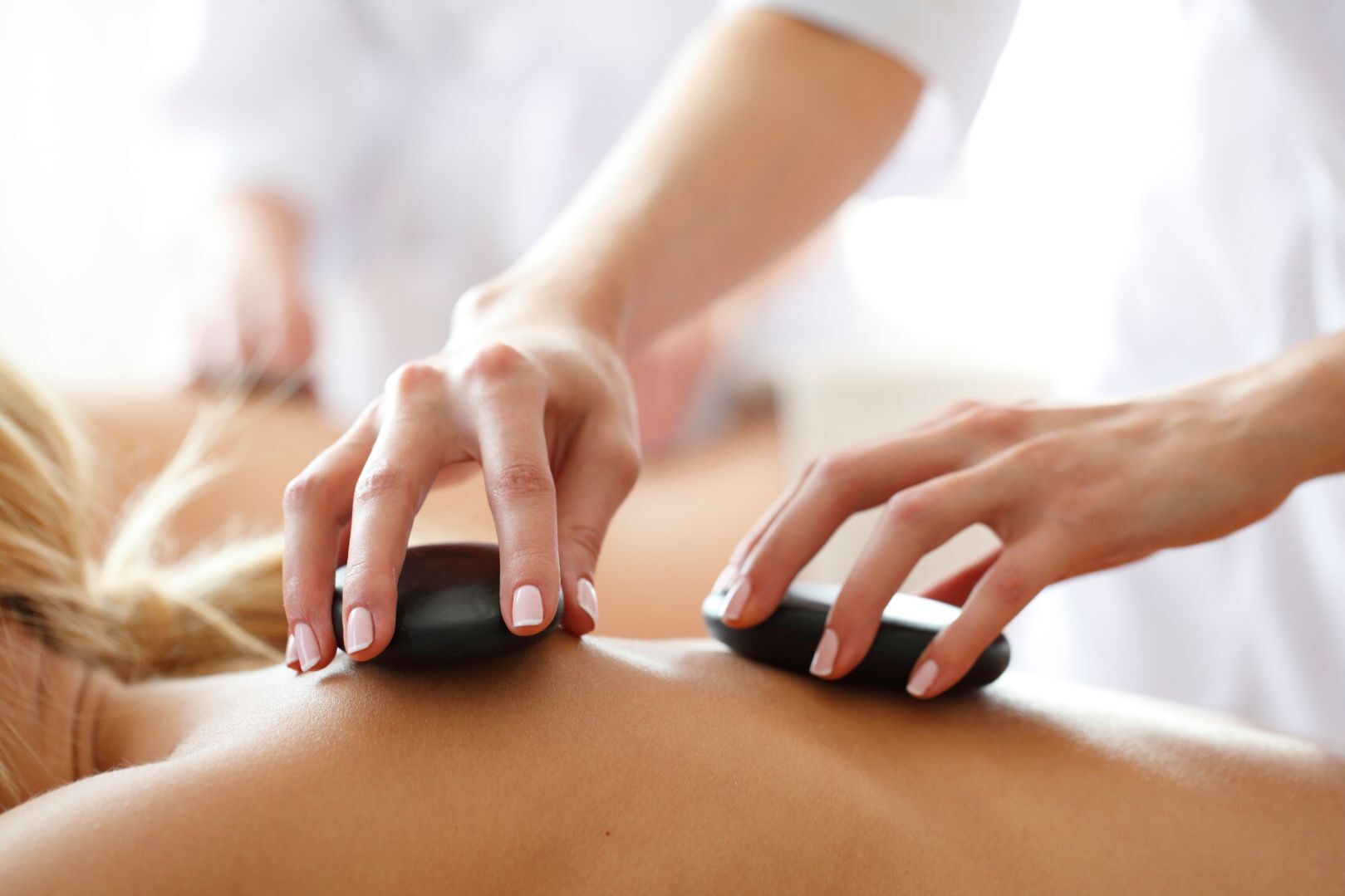
Tips on a Pregnancy Skincare Routine to Glow For All 9 Months
Being pregnant is amazing, but with it comes a slew of things to worry about in hopes of keeping your baby as healthy as possible—what to eat, how to keep stress levels down, and even which products should be used in your pregnancy skincare routine. Because your skin is like a sponge and everything it absorbs can make its way to the baby, it only makes sense to have some concerns. Those potent skincare formulas that you’ve come to rely on to keep your skin clear and bright might not be safe anymore and thus certain swaps should be made. But where do you start?
Before you start your routine overhaul, let’s touch on a few of the most common questions that may be running through your mind: What ingredients should you remove from your routine? What products are safe to use? What are some common skin issues you should look out for? To clear up any confusion and outline exactly what a safe pregnancy skin care routine should look like, we compiled it into this article for you beautiful mamas to be.
Read on for their answers to these questions and more before you start throwing away your beloved beauty products.
What are Some Pregnancy-Related Skin Issues?
“Pregnancy glow” is totally a thing, but, alas, pregnancy can also cause skin issues. For many, they don’t get the ‘pregnancy glow’ that is often talked about. Pregnancy can cause a lot of unwanted issues in the skin like melasma and hormonal acne, but the good news is it’s temporary!.
Melasma is a form of hyperpigmentation characterized by brown or tan patches across the face. It’s often tied to changes in hormones… but in most cases, fades in the postpartum months. There are many topical options available to decrease pigmentation from melasma, and even prevent it, during pregnancy and breastfeeding. These include chemical peels and topical ingredients such as kojic acid or licorice root.
Stretch marks are also a common skin concern for pregnant women. They’re caused by the skin stretching a lot in a short amount of time.
Another concern: small red bumps that are typically painless, but can be annoying to look at. Pyogenic granulomas are benign skin growths composed of blood vessels that sometimes occur during pregnancy. They are most common on the fingers or face. They grow rapidly and can bleed easily.
When you’re in the first and second trimesters of your pregnancy, you also may experience hormonal acne. That’s when your androgen levels are higher than normal. You also may notice that your skin is extra dry thanks to your changing hormones. This can be temporary, but lots of women notice permanent changes.
Ingredients to Eliminate
There are a lot of common ingredients to avoid in your skincare routine when you’re pregnant. Retinoids, over-the-counter and prescription versions, are generally avoided in pregnancy. Adapalene is considered a retinoid. Hydroquinone, used in prescription fading creams, should also be avoided during pregnancy. You should avoid professional treatments such as chemical peels with salicylic acid, Botox, and laser treatments as well.
If you’re unsure about the skincare products you’re using and whether or not they’re pregnancy-safe, it can be helpful to run them past your physician. Whether it’s your gynecologist or dermatologist, simply bring in a product list and even snapshots of the ingredient label to your next appointment in order to get your doctor’s stamp of approval.
What Products to Use Instead
You might be worried that you’ll be limited to water and soap during your pregnancy, in which case things like breakouts, wrinkles, and discoloration will just have to be accepted, but luckily that’s not the case. Azelaic acid is available over the counter and with a prescription. for the treatment of acne and rosacea medications. Long-term use of azelaic acid has been shown to be helpful for addressing hyperpigmentation. And just because you’ve had to forgo Botox for nine months doesn’t mean that wrinkles will set in. Hyaluronic acid is a hydrating ingredient that attracts and retains moisture in the skin. Well-hydrated skin can reduce the appearance of fine lines and wrinkles. For discoloration, you can use niacinamide, which is a part of the vitamin B complex family. It is used in skincare products to calm irritated skin and improve skin tone.
Why Should You Think About a Clean Pregnancy Skincare Routine?
For many women, pregnancy is the big push that gets them thinking about clean beauty. We want to stay far away from anything that could harm our baby, but there’s a lot of uncertainty surrounding the safety of skincare for moms-to-be. There hasn’t been much medical research done in this area, because what scientist or doctor wants to run a study on pregnant women? The risk is just too high. Many doctors and dermatologists recommend erring on the side of caution. The best way to do that is by switching to healthier, nontoxic products.
So What Should Your Pregnancy Skincare Routine Look Like?
“Gentle” is the word you need to remember. The best thing you can do is use gentle products and get regular pregnancy-safe facials. Under the care of a licensed, trained professional, your treatment should be fully customized to include ingredients that are safe for you and your baby. Make sure they’re using plant-based ingredients and are avoiding electrical modalities.
Continue to wash your face with a gentle cleanser and rather than a traditional SPF, opt for a tinted version. Tinted moisturizers contain iron oxides, which protect skin from visible light; sheer sunscreens do not. Protecting your skin from visible light is important as melasma can be exacerbated by UV and visible light. Additionally, use a moisturizer on your abdomen daily to treat and prevent stretch marks. Classic stretch mark creams include emollients like cocoa butter and shea butter. Should acne be your main concern, try using pimple patches. Hydrocolloid in pimple patches draws moisture out of the skin to reduce the size and appearance of the blemish.
In addition, gently exfoliate two to three times a week. This keeps surface debris from building up on the skin and causing breakouts. It also helps alleviate dryness, which can be exacerbated by dead skin not allowing products to penetrate properly. You can opt for using StackedSkincare Dermaplaning Tool ($75) to help remove dead skin cells on the surface as well as a hyaluronic acid serum to combat dryness.
The ideal pregnancy skincare routine is unique for everyone. Even if you’ve been pregnant before, your skin can react completely differently the next time around! That being said, it’s a perfect time to treat your skin with extra TLC, as you might be experiencing changes like acne, extreme dryness, and irritation. For an exfoliator, you can opt for glycolic acid. Another AHA you can use is lactic acid.
Hopefully these tips can help formulate your pregnancy skincare! And don’t forget to pamper yourself with a pregnancy massage or professional facial before welcoming your bundle of joy. Book today with Botanica Spa online or calling at 727-441-1711!



Leave a Reply